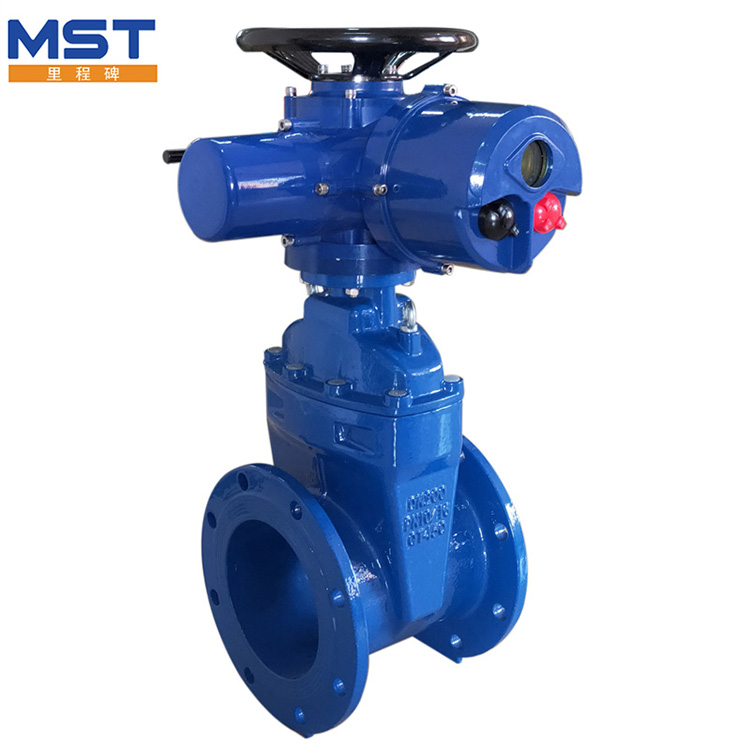Exploring the Anatomy of Ductile Cast Iron Water Manual Gate Valves
2024-03-02
Introduction:
Gate valves are integral components of water distribution systems, allowing for efficient flow control and isolation. Among the various types of gate valves available, those constructed from ductile cast iron stand out for their durability, reliability, and versatility. Understanding the main components of a ductile cast iron water manual gate valve is crucial for ensuring proper operation and maintenance. In this blog post, we'll delve into the anatomy of these essential devices, exploring their key components and functions.
Main Components:
1. Body: The body of a ductile cast iron water manual gate valve serves as the main housing that contains all internal components. It is typically constructed from ductile cast iron, a material known for its strength, corrosion resistance, and longevity. The body is designed to withstand high pressures and varying operating conditions encountered in water distribution systems.
2. Gate: At the heart of the gate valve lies the gate, a movable component that controls the flow of water through the valve. In ductile cast iron gate valves, the gate is often made of the same material as the body for compatibility and durability. The gate moves perpendicular to the flow direction, either opening fully to allow unrestricted flow or closing tightly to halt the flow completely.
3. Stem: The stem is a cylindrical shaft connected to the gate, enabling manual operation of the valve. When the stem is turned, it raises or lowers the gate within the valve body, thereby regulating the flow of water. Ductile cast iron gate valves typically feature a non-rising stem design, where the stem threads are located inside the valve body, making them suitable for installations with limited vertical space.
4. Bonnet: The bonnet serves as a cover for the top of the valve body, providing protection for the internal components and facilitating access for maintenance and repair. It is usually bolted or screwed onto the valve body and may incorporate a sealing mechanism to prevent water leakage. In some designs, the bonnet also houses the stem and packing assembly, providing additional support and stability.
5. Stem Nut: The stem nut is a threaded component that engages with the stem, allowing for smooth and controlled operation of the valve. As the stem is turned, the stem nut translates this rotational motion into linear motion, raising or lowering the gate as required. Ductile cast iron stem nuts are designed to withstand the forces exerted during operation, ensuring reliable performance over the valve's lifespan.
6. Seats: Seats are integral to the sealing mechanism of a gate valve, providing a tight seal around the gate to prevent leakage when the valve is closed. In ductile cast iron gate valves, the seats are often made of resilient materials such as EPDM or Nitrile rubber, offering excellent sealing properties and resistance to water and chemicals. Seats are typically located on both sides of the gate, ensuring a secure seal in both open and closed positions.
Conclusion:
Ductile cast iron water manual gate valves are essential components of water distribution systems, offering reliable flow control and isolation capabilities. By understanding the main components of these valves, including the body, gate, stem, bonnet, stem nut, and seats, operators can effectively maintain and troubleshoot their operation. With their robust construction and durable materials, ductile cast iron gate valves provide long-lasting performance in various applications, ensuring the efficient and safe delivery of water to end-users.



